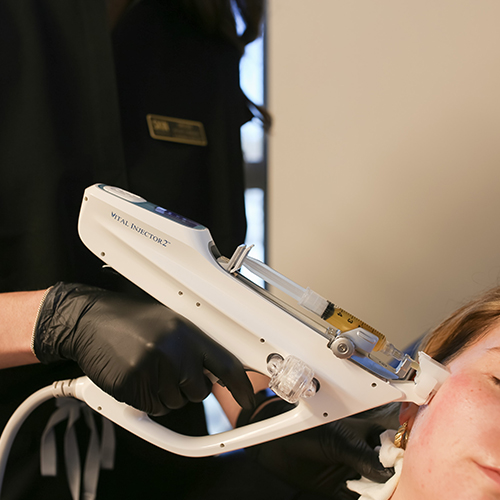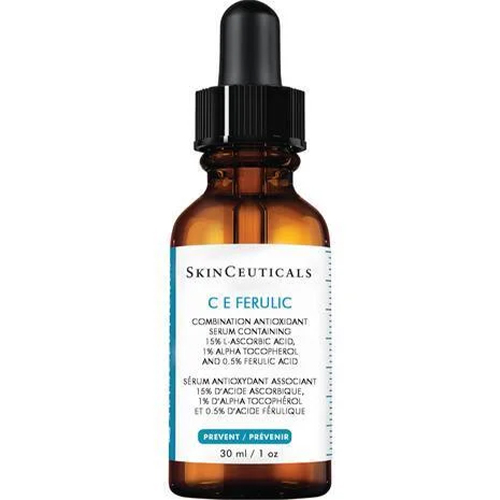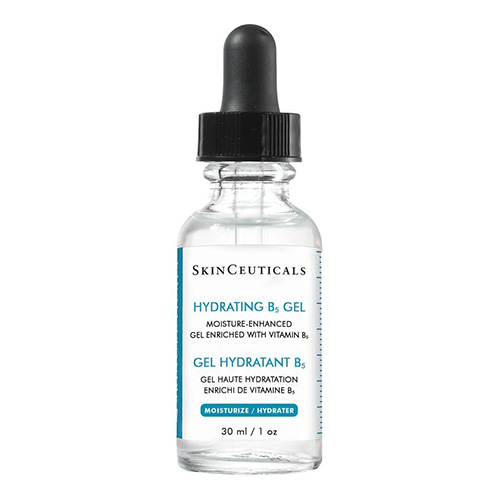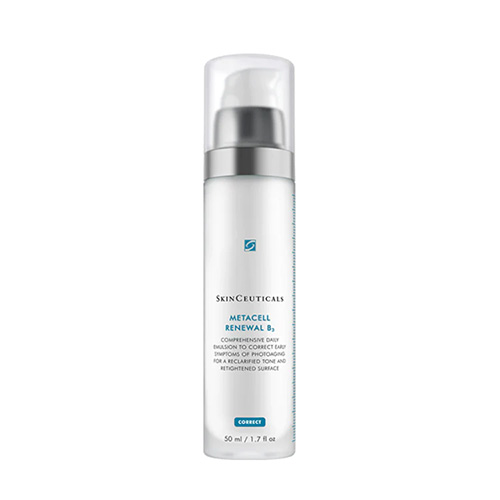PRP
Aesthetic & Medical
PRP—platelet-rich plasma— is known for its rich growth factors, stimulating collagen production and promoting the conditions for healing. PRP is a great alternative for those looking to naturally enhance their appearance or support hair growth. By using the plasma from one’s own body, there is little to no risk of reaction and the results are natural.
Get The Facts
Just some of the benefits of PRP treatment include accelerated healing of aged and damaged tissue, awakening dormant cells, decreased inflammation, and collagen regeneration. PRP has 3x the number of platelets than whole blood. The patient’s blood is drawn and then spun in a centrifuge to isolate the PRP from the rest of the blood components. The extracted PRP is then either micro-needled or injected into the specified areas on the Face or Scalp.
Benefits of PRP
+ Naturally-induced rejuvenation
+ Minimal downtime
+ Increased collagen production
+ Hair Cell Stimulation
+ Long lasting results
CONDITIONS
+ Tired or Dull Looking Skin
+ Skin Laxity & Sagging
+ Wrinkles, Lines & Folds
+ Melasma
+ Brown Spots & Sun Damage
+ Scars
+ Hair thinning
Growth factors are cell-signalling proteins that are key players in the healing processes in our body. They are vital for speeding up skin regeneration, supporting collagen production, and wound healing.
PRP is utilized in many disciplines such as dentistry, sports medicine, and orthopedics. In the cosmetic industry, we use PRP for facial rejuvenation (blemishes, texture, pigment, fine lines, laxity), hair regeneration, wound healing support post laser resurfacing or microneedling, and as a scar treatment. We can directly inject, microneedle, or use the Beauty Booster device to administer PRP.
Read: The golden pairing of microneedling and Platelet Rich Plasma (PRP) explained by Kali Joye from our Brandon Clinic.
PRP is prepared by drawing a small amount of blood from the patient, typically from the arm. The blood is then placed in a centrifuge machine that spins at a high speed to separate the plasma from the other components of the blood. The resulting plasma is then collected and processed to concentrate the platelets and growth factors.
PRP can be used to treat a variety of conditions, including musculoskeletal injuries, osteoarthritis, tendonitis, ligament sprains, and chronic pain. It may also be used in cosmetic treatments to improve skin texture and appearance.
PRP is generally considered safe, as it uses the patient’s own blood and there is minimal risk of an allergic reaction or transmission of infectious diseases. However, as with any medical procedure, there are potential risks and complications, such as infection, bleeding, and nerve damage.
PRP treatment may be covered by insurance in certain circumstances, such as for the treatment of musculoskeletal injuries or osteoarthritis. However, coverage varies depending on the specific insurance plan and the condition being treated, and patients should check with their insurance provider to determine if PRP treatment is covered.



